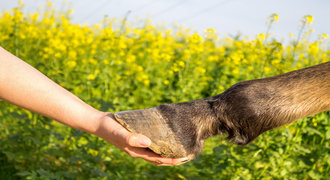
Hoof Abscesses
Your horse’s feet have a very tough job. Not only do they have to bear the weight of the horse over a relatively small surfa...
04 June 2019
Read More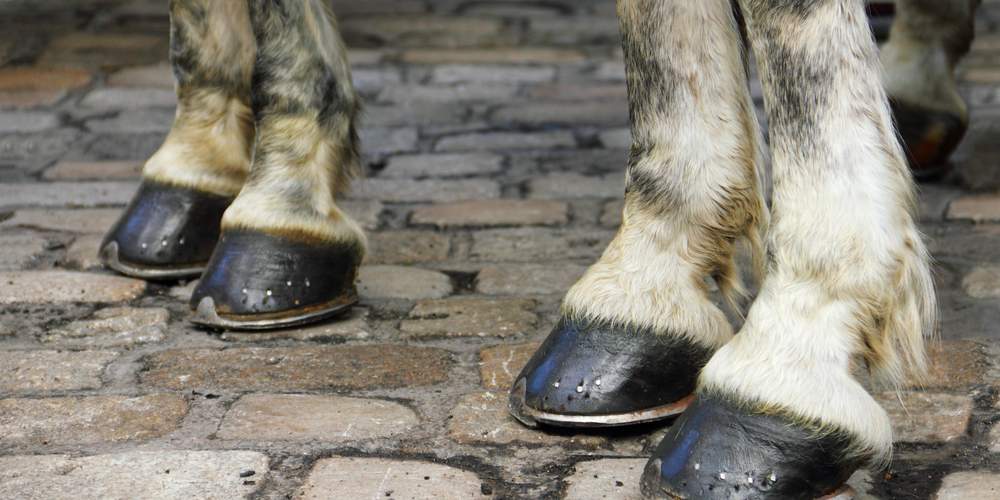
Your horse’s feet have a very tough job. Not only do they have to bear the weight of the horse over a relatively small surface area over varying terrain but they also have to be strong enough to withstand huge additional forces. The force of a horse’s foot on landing from a 2ft jump is around 1430kg. That’s equivalent to the weight of a small car! Strong, healthy hooves are essential for your horse’s well-being and to ensure he can be the performance athlete you want him to be.
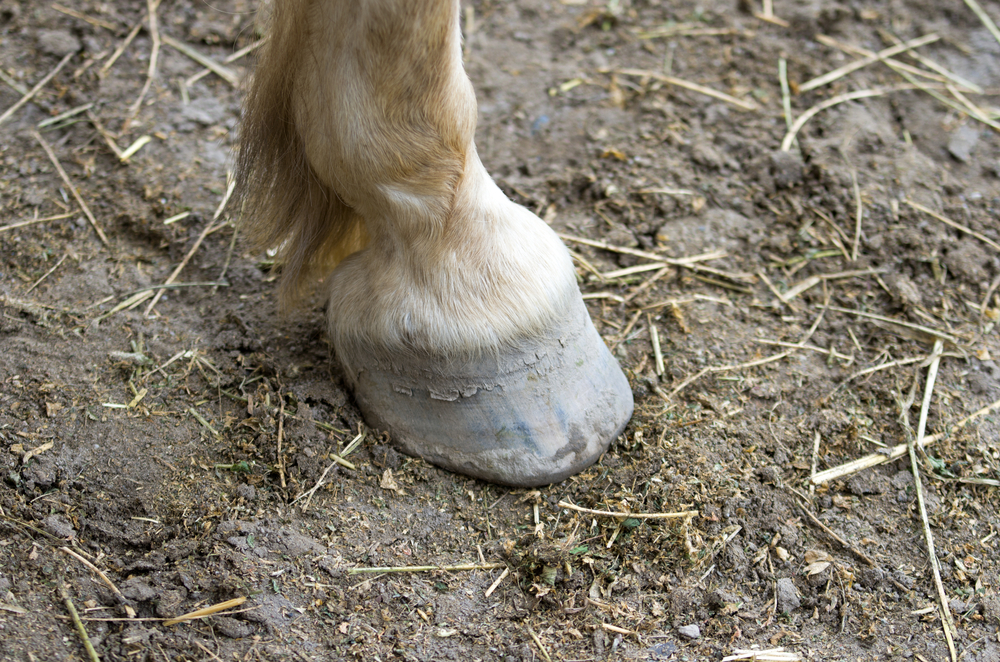
What’s on the outside?
The wall of the hoof is made of keratin, the same protein as human hair and fingernails, which is insensitive. It’s exceptionally strong and has a thin protective covering, which regulates moisture content in the hoof. The wall of the hoof grows from the coronary band (the softer area at the junction of the skin and hoof wall) at a rate of 6-9mm per month. Damage to the coronary band can lead to permanent defects in the hoof wall. To grow a healthy foot the horse needs a healthy, balanced diet.
Under the foot the sole protects the sensitive inner structures. It should be firm and slightly concave. Central to the sole is the triangular-shaped frog, which is a rubbery, flexible pad designed to bear weight and absorb shock. It also helps circulate blood around the foot. Extensions of the hoof wall run alongside the frog to help bear weight.
What’s on the inside?
There are two bones completely within the foot – the pedal bone and the navicular bone. Lateral cartilages are attached to the pedal bone to protect the bone joints and help absorb concussion. Sensitive laminae cover the pedal bone and interlock with the insensitive laminae attached to the hoof wall to support the pedal bone. Extending underneath and behind the pedal bone sits the digital cushion, which is seen externally as the bulbs of the heels. Its role is to reduce concussion and help circulate blood back up the horse’s leg.
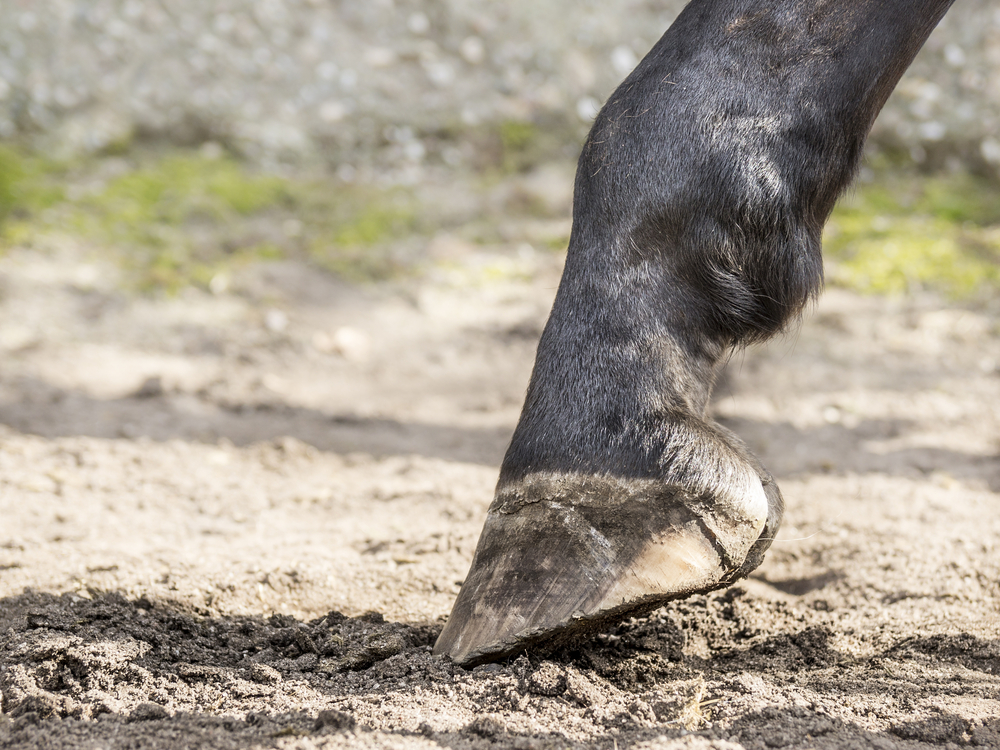
Routine care of your horse’s feet
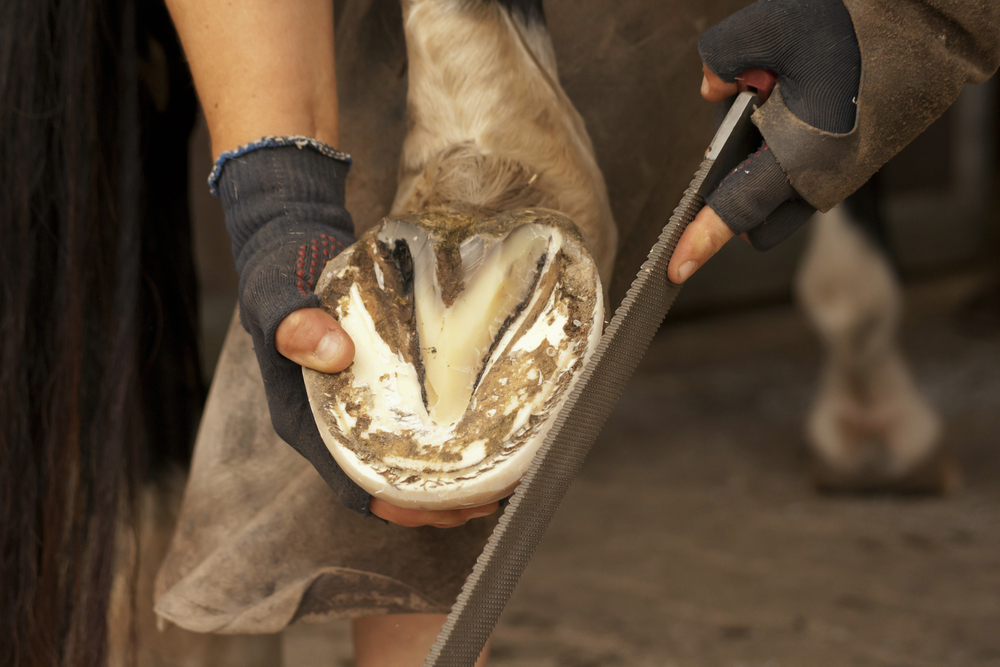
Choosing your farrier
It’s important to use a good farrier who will trim and shoe your horse correctly with patience and precision. Poor farriery can lead to foot imbalances, which can in turn cause lameness. If you are concerned about your horse’s feet it’s best to ask your vet for recommendations to make sure you find the right farrier. They should have one of the following qualifications:

Your horse’s feet have a very tough job. Not only do they have to bear the weight of the horse over a relatively small surfa...
04 June 2019
Read More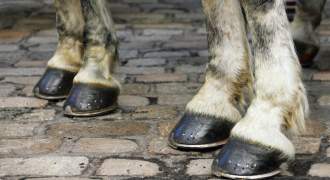
Your horse’s feet have a very tough job. Not only do they have to bear the weight of the horse over a relatively small surfa...
03 April 2017
Read More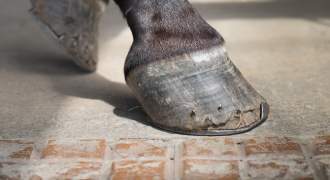
6 Common Horse Hoof Care Ailments Thrush This is a bacterial infection most often caused by a consistently damp environme...
03 April 2017
Read More